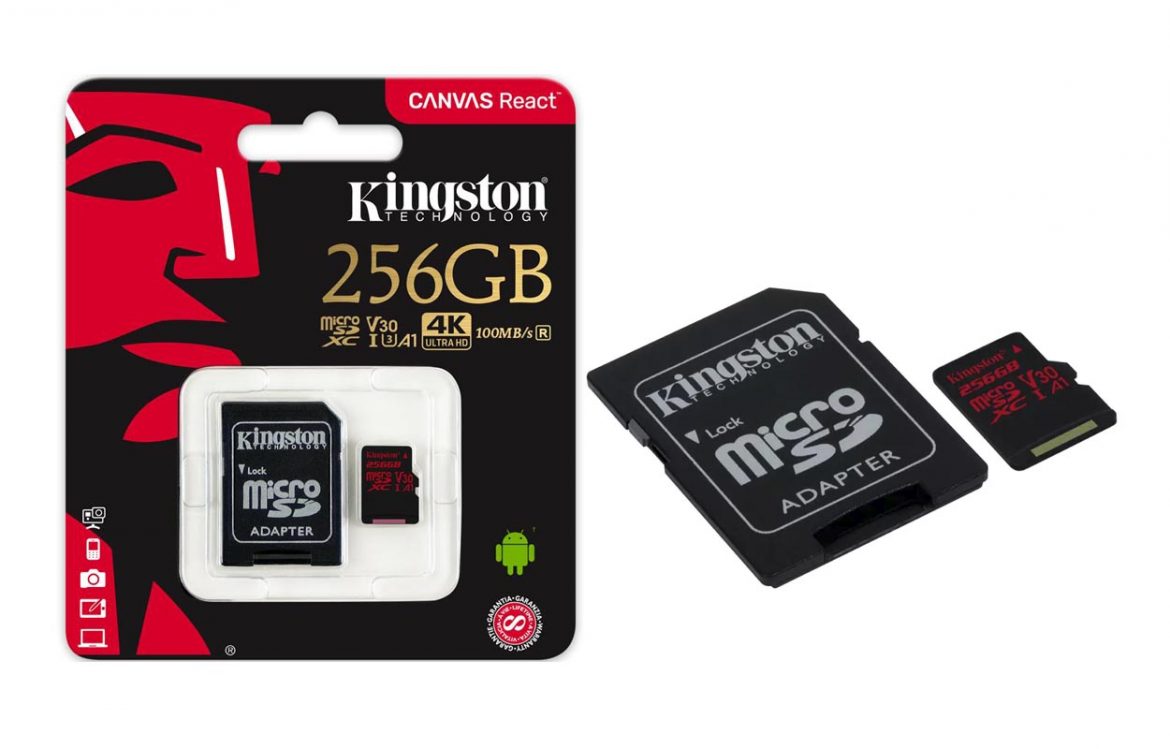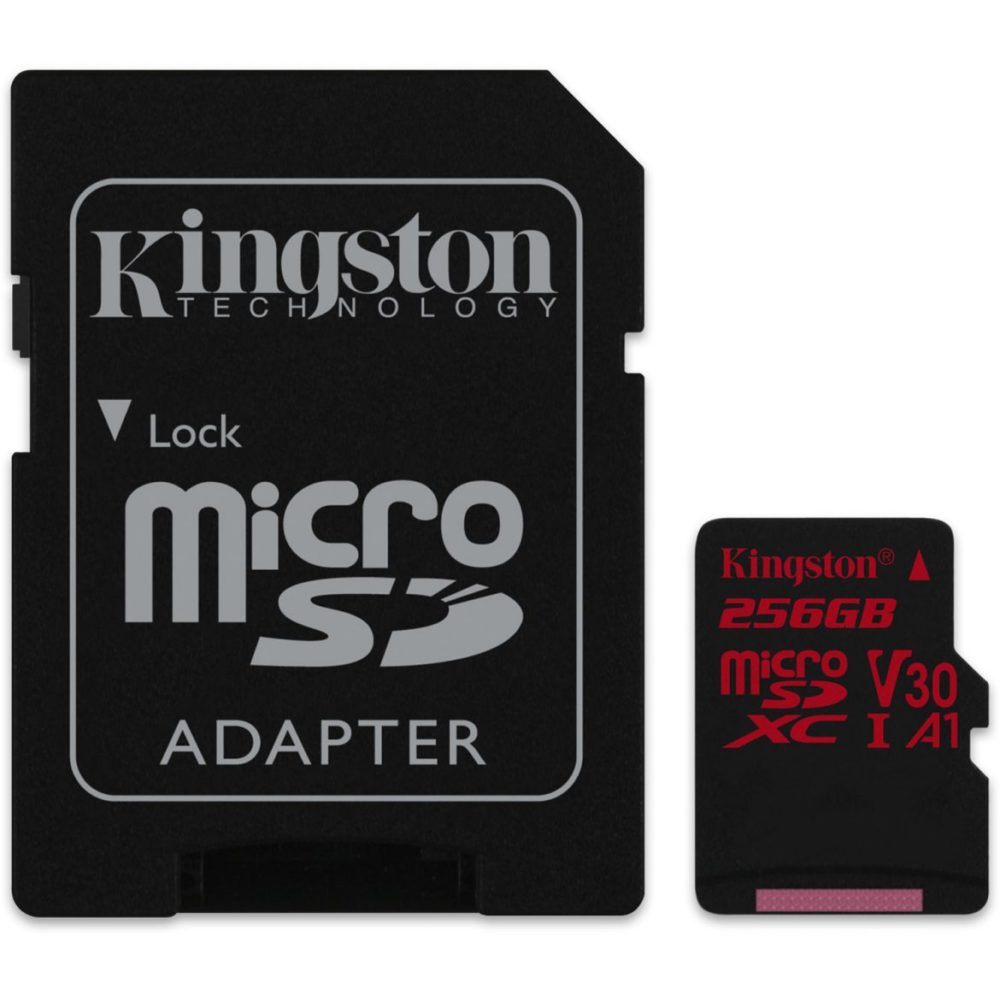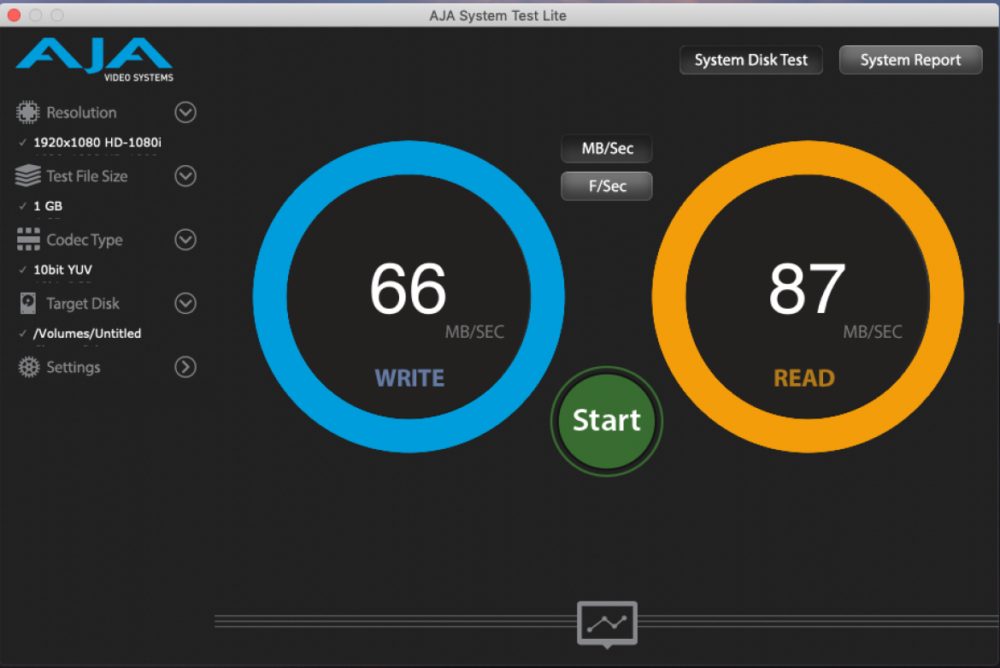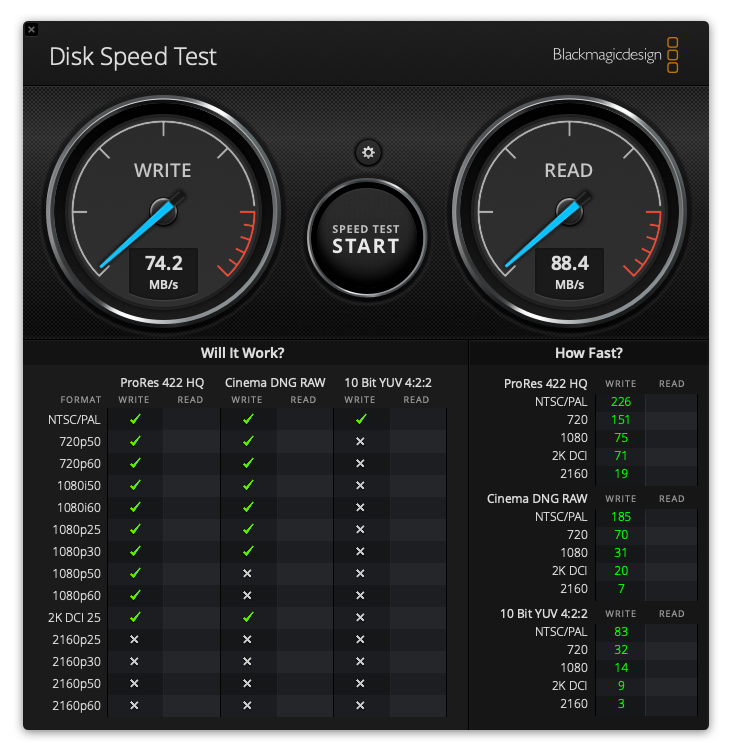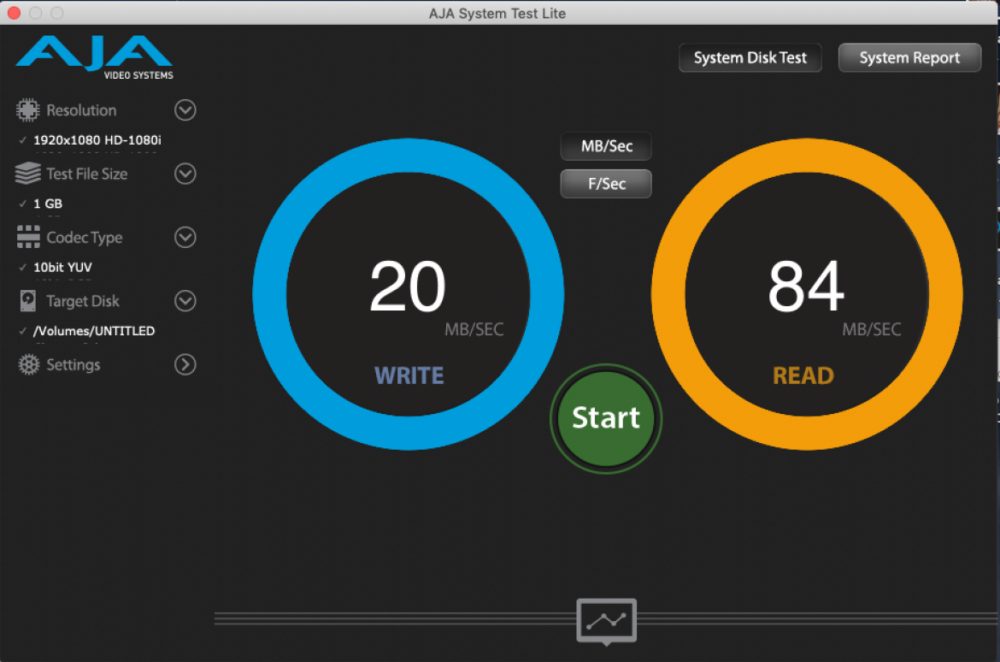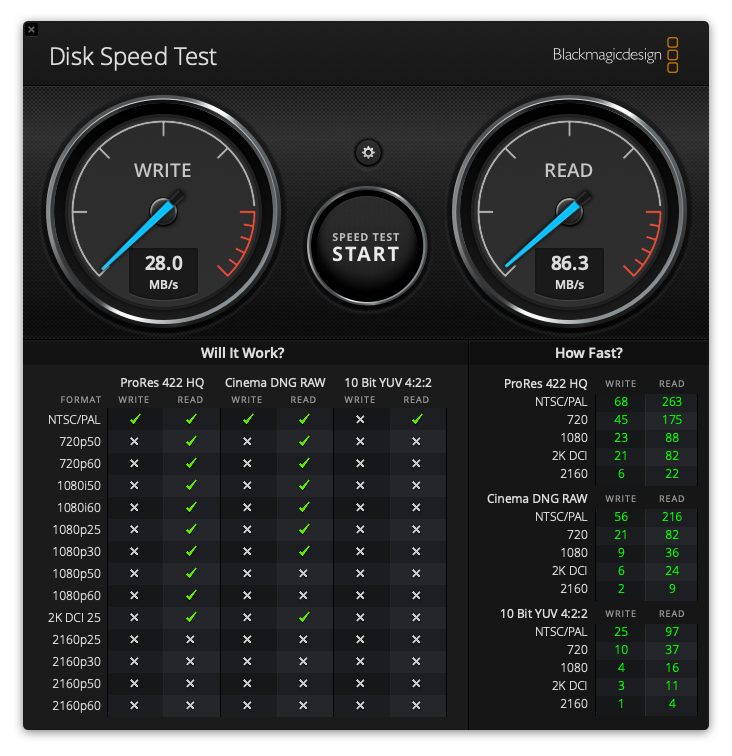TL;DR
microSD cards have come a long way, offering huge capacities and impressive speeds for devices like GoPros, 4K phones, and the Nintendo Switch. This review dives into Kingston's Canvas React 256GB, a UHS-1, U3, V30, A1 card promising up to 100MB/s read speeds. It delivers, with benchmark tests showing read speeds consistently over 85MB/s and a standout write speed of 66-74MB/s, significantly outperforming competitors like the Samsung Evo+. While slightly pricier, the Canvas React's superior write and random access performance makes it ideal for 4K video recording and demanding applications, justifying the premium. Find out if this Kingston powerhouse is the right microSD for your needs!
It wasn’t long ago that microSD cards were prohibitively expensive and offered sluggish performance. However, with the rise of modern cameras such as GoPro devices, system cameras, video cameras, and, notably, Android phones with 4K support, alongside gaming consoles like the Nintendo Switch, which relies on microSD for storage expansion, the landscape has significantly evolved. Today, microSDXC cards offer substantial storage capacities – 256 GB, equivalent to a standard internal solid-state drive (SSD) in a laptop – at competitive prices (under one thousand SEK) and with enhanced performance and durability compared to previous generations. Kingston’s Canvas series features three performance tiers, mirroring many competitors, and this review focuses on evaluating the capabilities of their fastest offering: the Canvas React.
MicroSD Card Fundamentals
MicroSD cards are characterized by three critical attributes. The primary consideration is typically the storage capacity (“size”), which is undeniably important. Whether the objective is to store numerous downloaded games on a Switch or populate a card with content for a Retropie setup, adequate space is essential. The remaining two key aspects pertain to speed: read speed, arguably the more crucial metric as it governs frequent data retrieval from the card, and write speed, which occurs less often but is paramount in devices like cameras and video recorders where new content is captured and existing content is overwritten. MicroSD cards are categorized using various classifications to provide users with a quick assessment of their capabilities. Complicating matters, different speed classes and designations are employed for different standards and use cases. For instance, still photography does not demand the same sustained write speeds as continuous, high-resolution video recording. While a comprehensive breakdown is beyond the scope of this review, it is advisable to prioritize cards that are UHS-1, -2, or ideally UHS-3 (a newer iteration of HS – High Speed; ensure that U(ltra)HS is supported by the host device). Additionally, consider the Speed Class, denoted by a number within a U. U1 (equivalent to Speed Class 10) signifies a minimum sustained write speed of 10 MB/s, while U3 guarantees at least 30 MB/s. With the increasing prevalence of high-frame-rate 4K video, the V(ideo) Class designation was introduced. A V90-rated card maintains a minimum sustained write speed of 90 MB/s, analogous to an SD card with a V10 rating ensuring at least 10 MB/s. The V-number serves the same purpose for video recording as the U-number does for still photography.
For users intending to utilize microSD cards for storing applications, the Application Performance Class is a relevant metric (another classification to consider). Unlike Speed and Video Class, this parameter measures random read performance, a critical factor for application performance due to non-sequential data access patterns. Performance is quantified in IOPS (“eye-ops,” input/output operations per second), representing the number of random 4KB writes per second. Higher IOPS values indicate superior performance. This is designated by an A followed by a number. An A1 rating requires a minimum of 1500 IOPS for read operations and 500 IOPS for write operations, while A2 (the current top tier) mandates 4000 and 2000 IOPS for read and write operations, respectively.
Given the preceding definitions, the Kingston Canvas React 256 GB is designated as a UHS-1, Class 10, V30, U3, A1 card, rated for read speeds of up to 100 MB/s. Does it live up to these specifications? We investigated this through several weeks of practical application and benchmark testing.
Canvas React: Performance Evaluation
The Kingston card delivered commendable performance in our benchmark tests, starting with AJA:
and similar results were observed in Blackmagic Disk Speed Test:
The Canvas React card consistently maintained speeds exceeding 85 MB/s, approaching its advertised maximum of 100 MB/s. More notably, the write speeds were impressive. While many microSD cards exhibit significantly lower write speeds in real-world scenarios (10-30 MB/s), the Canvas React achieved sustained write speeds of 66-74 MB/s. Transferring a 1GB file from an SSD (to eliminate bottlenecks) took approximately 11 seconds, aligning with the benchmark results. In comparison, the Samsung Evo+, a more budget-friendly option, demonstrated comparable read speeds but substantially slower write speeds (20-28 MB/s), resulting in a 1GB file transfer time of over 40 seconds – roughly four times longer.
While a price differential exists, it may be less pronounced than anticipated. The Samsung Evo+ 256 GB is currently priced around 600 SEK, while the Canvas React 256 GB costs approximately 700 SEK (when in stock). This represents a roughly 16% premium for the Kingston card, offering up to four times the write speed. Ultimately, the optimal choice depends on individual requirements, budget, and intended application. For users who frequently capture photos and record 4K video at 60 fps, the increased write speed is highly beneficial for avoiding dropped frames. Conversely, if the card is primarily used for storing games and applications on devices like a Retropie or Nintendo Switch, the advantages are mainly realized during file transfers and game downloads (with slightly faster Switch performance due to the improved write speed). The actual game loading times exhibit only marginal improvements with the Canvas React.
In our IOPS testing, the Canvas React achieved approximately 1700 IOPS for read operations and just over 1300 IOPS for write operations. These scores surpass the A1 specification (though falling short of A2’s 4000/2000 IOPS requirement) and represent a strong result. Note that microSD cards, while becoming more robust, share the limitations of all flash storage: they are not optimized for frequent small writes and overwrites, which can reduce their lifespan. While modern cards offer considerable longevity, minimizing unnecessary overwriting is recommended.
The Kingston Canvas React is currently our top-rated microSD card and our preferred choice for applications demanding the microSDXC format. While it carries a slight price premium compared to average cards, it remains reasonably priced and offers an unbeatable all-around performance, justifying the extra expense relative to mainstream competitors. Its high efficiency in both write speed and random access makes it suitable for a range of applications, from GoPro 4K cameras to Android phones, retro gaming devices, and the Nintendo Switch. Consequently, it earns a place on our reference list of gadgets utilized in our daily operations.
“””
